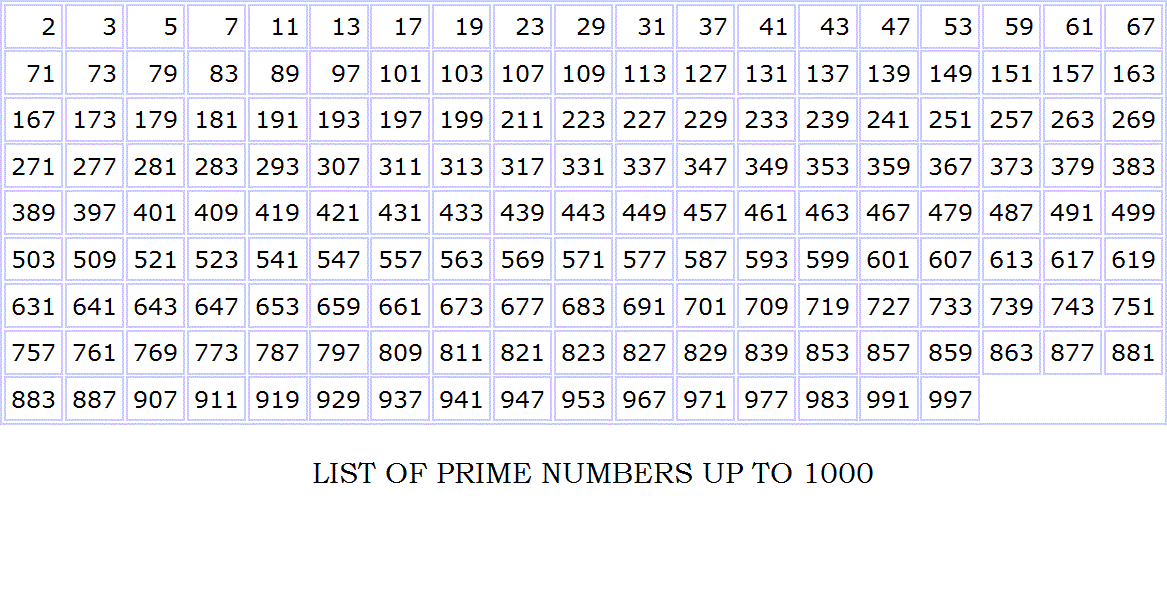


next: inc bp Next possible factor cmp bp, si Are we there yet? jbe.

test: mov ax, si Test current candidate xor dx, dx div bp test dx, dx Evenly divisible? jnz. The numbers left after all this crossing-out represent the prime numbers between m and n.Puts: equ 9 MS-DOS print string syscall amount: equ 20 Amount of antiprimes to find cpu 8086 org 100 h xor si, si SI = current number xor cx, cx CH = max # of factors, CL = # of antiprimes cand: inc si mov di, si DI = maximum factor to test shr di, 1 mov bp, 1 BP = current candidate xor bl, bl BL = factor count. The multiples of numbers from a complete list of primes which are smaller than the square root of n. Since addition is generally quicker than division on a computer, the approach used is to start with a list of all numbers between m and n and then cross out (mark as not a prime) The method used here to determine these primes is the classic "Sieve of Eratosthenes" approach. This method of determining prime numbers is called the "Sieve of Eratosthenes". P = m times n where either m or n is less than or equal the square root of p. In fact, we need only check prime numbers less than or equal the square root of p because if p is not prime then Number determined thus far in our process. The simplest way to determine what whole numbers between m and n are prime numbers is to check each number "p" in turn to see if it is divisible by any prime The contradiction can only be because we made an error in assuming that our (finite) list of primes Thus we are led to the contradiction that q1 is also a prime but is Is not divisible by any number from our list of primes. times pn + 1 is not equal to any number from our list of all primes and The prime numbers, then we find that the number q1 = p1 times p2 times p3. (which is divisible by 3), and because 6n + 5 can be written as 6m - 1 where m is equal to n + 1.Ī fact that can be verified by the simple proof that, if we assume that there were a finite list of numbers p1, p2, p3. This is because all the rest of the integers must be of the form 6n or 6n + 2 or 6n + 4 (which are divisible by 2), or 6n + 3 All prime numbers greater than three are of the form of either 6n - 1 or 6n + 1 where n is a positive integer. All prime numbers greater than two are odd numbers for the simple reason that all other integers greater than two are divisibleīy the first prime number, which is 2. You must have javascript enabled in your browser in order to use the calculator.Ī whole number (integer) greater than one is called a "prime number" if it has no positive divisors other than itself and one.įor example, the first few prime numbers are 2, 3, 5, 7, 11.

It allows the lookup and listing of all prime numbers less than 1000000000000000. This fast online prime number lookup app was revised as of.


 0 kommentar(er)
0 kommentar(er)
